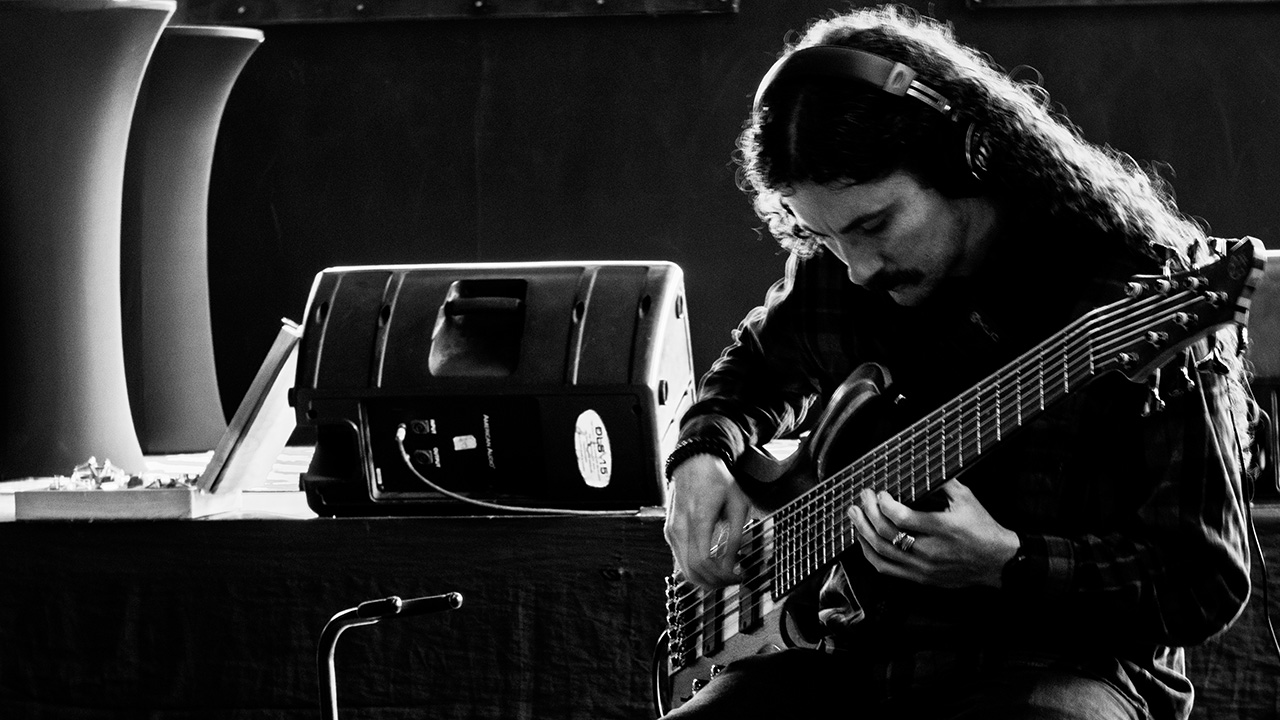“I think a bass solo can be as exciting as a guitar solo – if not more”: Listen to John Entwistle’s live bass solo on The Who’s 5:15
John Entwistle proves why bass solos aren't always a bad idea

With his virtuosic technique and stoic onstage profile, John Entwistle revolutionised the role of the bass guitar in rock music. His solos on Who classics like My Generation, Success Story and The Real Me became landmarks for bass players everywhere. “I really believe in the bass as a lead instrument,” he told Guitar Player back in 1975. “I think a bass solo played with a trebly sound, can be as exciting as a lead guitar solo – if not more.”
Recorded in May 1973 at London’s Ramport Studios, The Who’s Quadrophenia told the story of a disaffected young mod over the course of a double-album of blistering rock anthems and introspective ballads. Entwistle, who arranged and played the horn lines on Quadrophenia, also served as musical director for the Quadrophenia film, which starred a young Sting as Ace, head of the mods.
During the The Who Tour 2000, the group introduced a bass solo to one of the most rousing tracks from the album, 5:15, capturing Entwistle – nicknamed ‘the Ox’ – at his best. This rendition from The Royal Albert Hall is particularly brilliant.
At the solo section, guitarist Pete Townshend, and drummer Zak Starkey all cut loose in a frenetic free-for-all. As Entwistle told Guitar Player, the Who was always in solo mode: “Once the Who gets onstage, everybody starts playing a solo straight away.”
During his own solo, fans felt the full force of Entwistle’s bass technique: standard fingerstyle, a technique he called 'crab-claws', backhanded chords, string pops and smacks, harmonics, and left-hand hammer-ons. Then there’s his impressive 'typewriter technique,' a forerunner of today’s bass tapping.
“I play my basses like I’m tapping a typewriter. A lot of bassists play down by the bridge, and get a burpy sound, but I tap the strings against the end of the fretboard – the harmonics bounce out at you.”
By striking the strings at the base of the neck with his four right-hand fingertips in quick, typewriter-like motions, Entwistle was able to play rapid triplets and various other drum-like devices. “To be a bass player, you have to think like a drummer. If you play a run off the top of your head that matches what the drummer just played, you’re going to sound like a couple of geniuses.”
All the latest guitar news, interviews, lessons, reviews, deals and more, direct to your inbox!
Bass-wise, the key to the main riff of the song is in the trill in the phrase’s first bar. Entwistle plays a single minor-to-major slide, from Bb to B natural, sliding back and forth between the two notes. While you can play this trill with a series of hammer-ons and pull-offs, you’ll get a more authentic sound by using your index finger to slide back and forth between the notes.
Roger Daltrey’s vocals enter at the verse, with Entwistle jumping down to a low G to anchor his percolating eighth-note bassline. He then switches the rhythmic feel by following two quarter-note hits under the C chord with rapid-fire 16th-notes. Keith Starkey drops out at the chorus, prompting Entwistle to back off in intensity and play held root notes before ramping back up to the next verse.
Upon Entwistle’s death in 2002, Phish bassist Mike Gordon summed up the man and his legacy: “He was just a ferocious player – melodic, driving, high-energy. I got to know his playing more intimately when Phish covered Quadrophenia at our mid-90s Halloween concert in Chicago. What was most impressive – and this is true of all the Who – was this constant sense of going for it. Even on the mellower songs, the fire was burning and the parts were constantly varying.”
Check out the rest of Quadrophenia, an album packed with some of John Entwistle’s finest moments.

Nick Wells was the Editor of Bass Guitar magazine from 2009 to 2011, before making strides into the world of Artist Relations with Sheldon Dingwall and Dingwall Guitars. He's also the producer of bass-centric documentaries, Walking the Changes and Beneath the Bassline, as well as Production Manager and Artist Liaison for ScottsBassLessons. In his free time, you'll find him jumping around his bedroom to Kool & The Gang while hammering the life out of his P-Bass.

